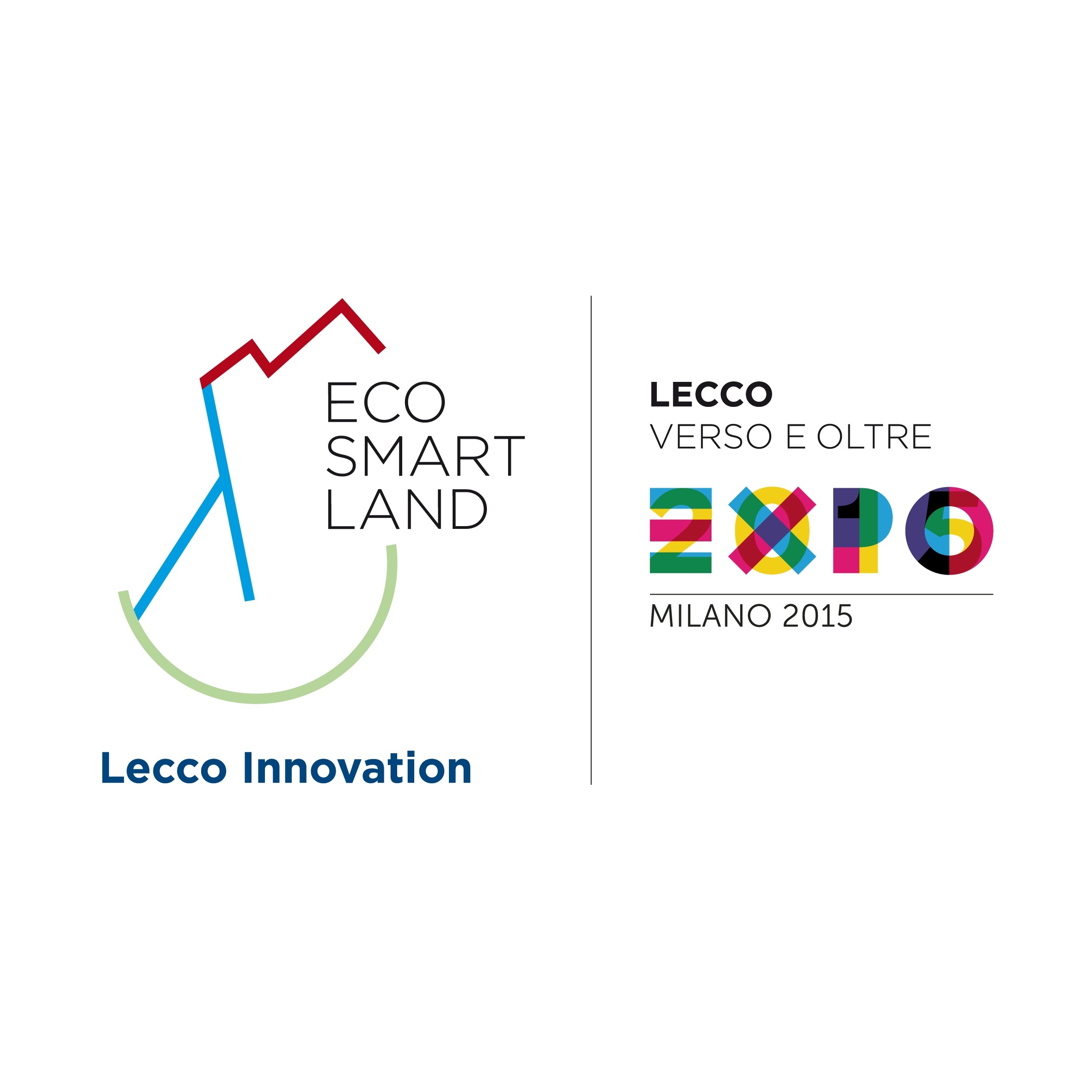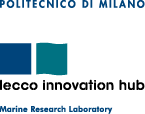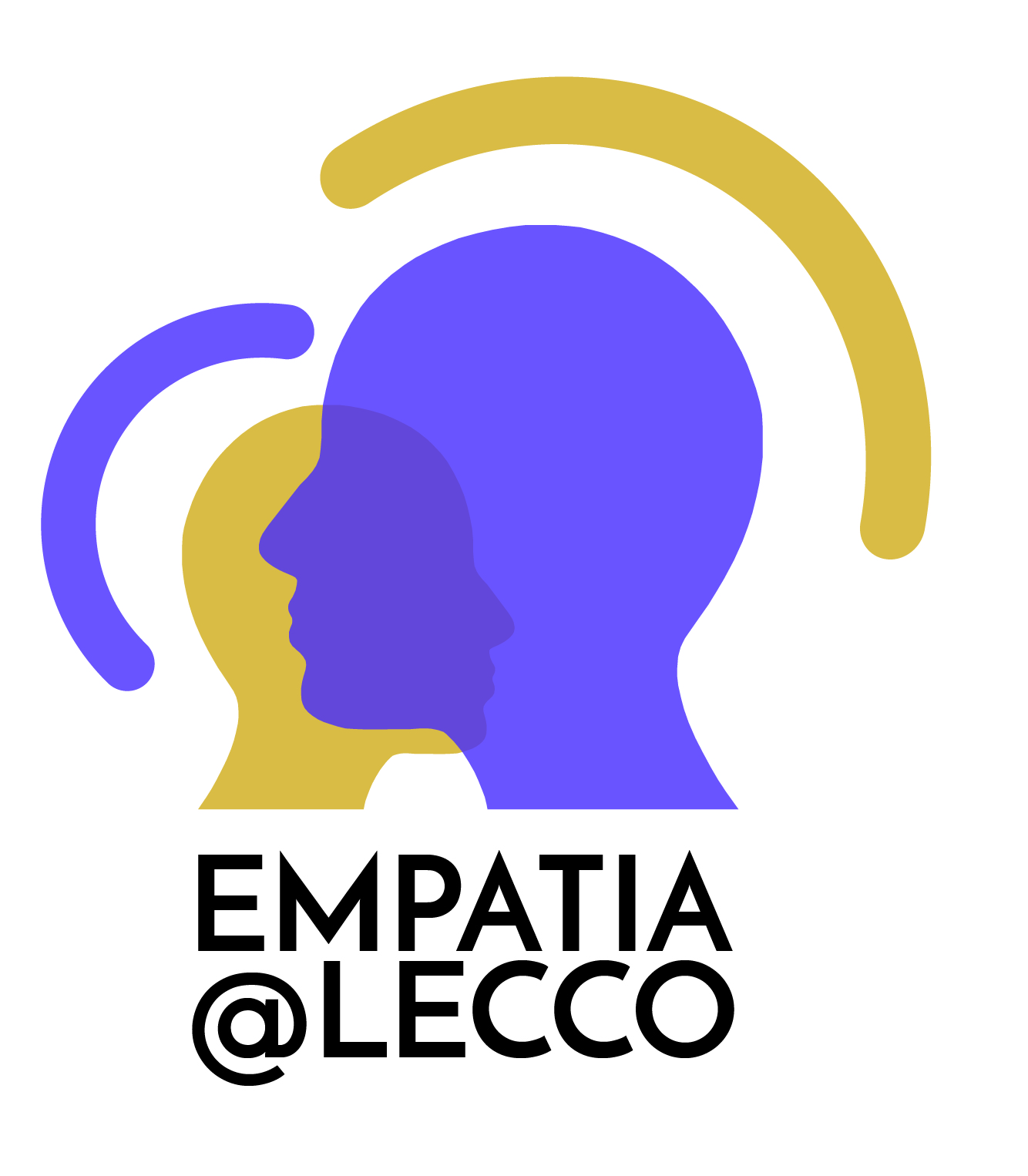Lecco Innovation Hub
It was conceived by Politecnico di Milano Lecco Campus and financed with Fondazione Cariplo and UniverLecco, partner of the project. Lecco Innovation Hub is one among a set of joint actions to foster the economy in the Lecco district.
The project won the “Emblematico Maggiore 2010” call with which Fondazione Cariplo finances actions “characterized by high managerial, structural and economic complexity and that tackles specific problems relevant for a territory, experimenting innovative social, cultural, environmental, scientific and economic policies”.
A node in the national and international network

The Boat-Lab: what is it and what is it for?
It is a boat equipped to gather new data – payloads on the sails, a yacht’s dynamic behavior and performance – core data for a scientific approach in naval design.
There are only another three boats with similar features, built by MIT, Berlin Technical University and the Kanazawa Institute of Technology in Japan.
Who designed it?
The design was conceived and produced by a team of researchers in the Mechanical Engineering Department of Politecnico di Milano. Given the high profile of its scientific competitors, it was a challenge in design and a huge opportunity for innovation for the end users and providers of the Hub.
Which are its innovative features?
Data recording on a real scale and in a real use case condition. Another unique aspect is the chance to record the geometric shape taken on by the sails – flying shape – that is significantly different from the design shape imagined during design and implementation.
The chance to know the actual pressure distribution on the boat is an interesting subject for the sails’ aerodynamical and structural design, as well as for the choice and effective use of materials and production techniques.
How does it work?
Tools to gather data directly are inserted inside the components of the equipment to harness precious information for the design. Inside composite materials fiber optics sensors will be integrated. These are ideal for this use as they can track displacement, temperature, deformation, inclination and acceleration.
The experience acquired by the Mechanical Engineering Department of Politecnico di Milano during its measurements campaigns, carried out at the Wind Gallery in the Bovisa Campus for several participants into the America’s Cup provided the know-how that was necessary to build a measurement system useful in a real-world context.








